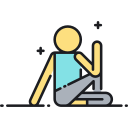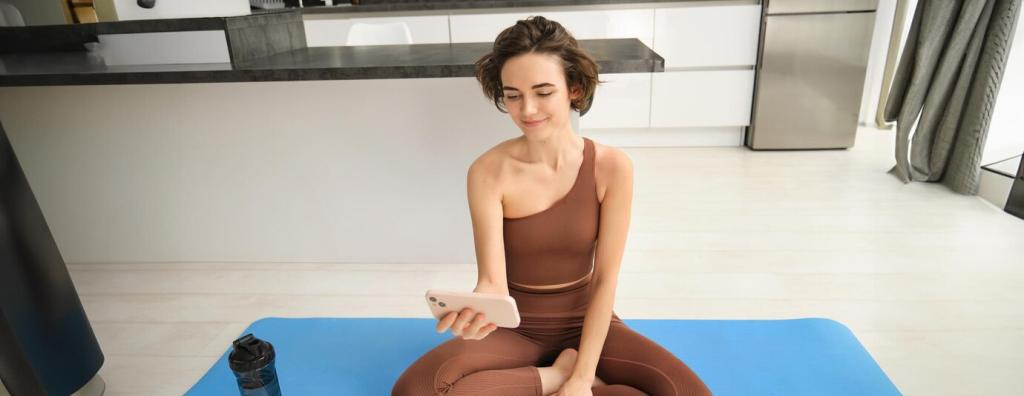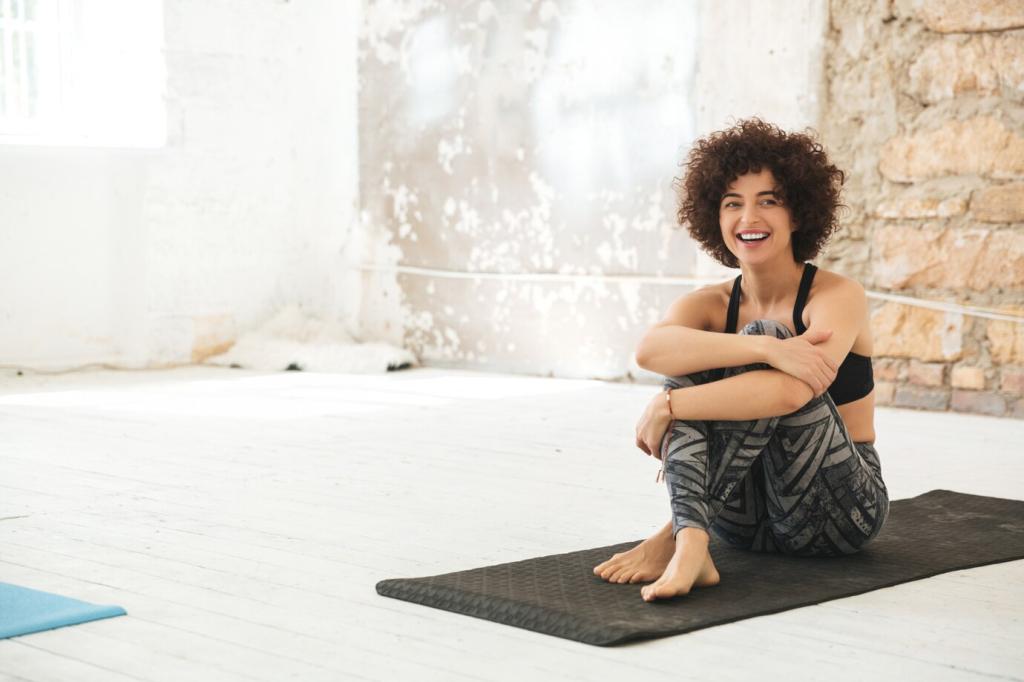Customize for Bodies, Chairs, and Workflows
If hips feel tight, place crossed foot lower or keep both feet grounded. If shoulders are sensitive, reduce range in Eagle Arms. Clothing should not pinch the waist. Choose softer breaths over bigger shapes. Comfort invites repetition, and repetition rewires stress responses compassionately over time.
Customize for Bodies, Chairs, and Workflows
Use a stable chair without wheels when possible, or lock casters. Keep knees at hip height with a book or block under feet if needed. A folded sweater behind the low back supports posture and makes diaphragmatic breathing smoother, amplifying the calming effect of every exhale.


